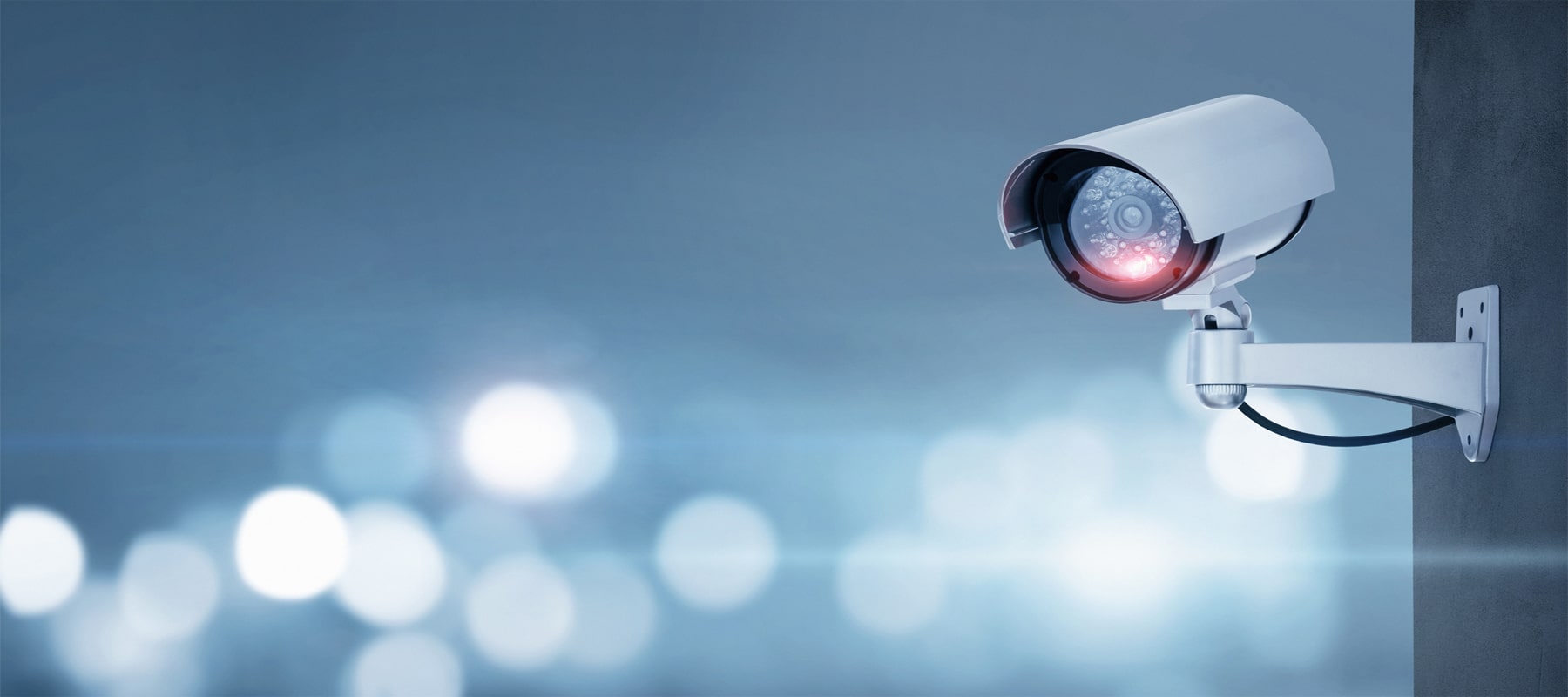School Fire Alarm System Costs: Smoke Detector Requirements in Schools
Last Updated: January 07, 2022

Fact Checked By: Ryan Maguire
On This Page
The importance of keeping our children safe is something everyone can agree on. Children spend a majority of their time at school, so it is crucial that their educational environment is safe and prepared for emergencies. Planning and preparing for this safety begins long before students even step foot on campus, with agencies from the city, county, and state reviewing safety features and plans. A critical aspect of keeping schools safe is the proper implementation of a fire alarm system.
A school fire alarm system is important to ensuring everyone inside the school is able to exit safely and be accounted for. Beyond that, according to local and state fire code laws, a school cannot be opened, occupied, or operated without an alarm system.
School Fire Alarm System Requirements #
There are minimum requirements that all fire alarm systems must reach, the majority of which are set by the International Building Code (IBC) and the International Fire Code (IFC). Both are developed by the International Code Council (ICC) and consist of standards such as manual fire alarm boxes placed throughout the school. Some cities and states may have additional requirements, such as California, which requires automatic detection devices throughout school buildings.
It can be tricky to figure out what the exact requirement for your area are, as not only are there different requirements set down by the local and state levels, but those requirements often change. Most of the time, codes change after an accident or event occurs that had not been previously considered, or simply because previous codes did not address it.
In California, for example, a fire at an elementary school in 1997 caused a building on the premises to burn to the ground. Though no lives were lost, the state took a serious look at their fire codes. The state legislature enacted a law that requires all automatic fire alarm and sprinkler systems in schools to be connected to an approved supervising station.
There is also UL 268 standard, which establishes guidelines for fire alarm system smoke detectors. Among other things, it requires that smoke detectors be used above control panels and power supplies, over all HVAC units that exceed 2,000 CFM, and in all elevators on the property. Even in looking at the requirements set at a state or national level, it is important that you look to any local building or fire codes to see what provisions may have been set that are not covered by a higher jurisdiction.
How Much Does A School Fire Alarm System Cost? #
The cost of a school fire alarm system varies depending on the complexity of the installation, local codes, and the size of the building. Systems are typically more expensive to install in older buildings than they are in new construction. The main fees that generally come with a fire alarm system include the equipment, monitoring fees, and miscellaneous costs.
- The cost of fire alarm equipment is, on average, between $1 and $2 per square foot. This is for a basic system that includes alarms with audio and visual alerts, as well as heat and smoke detectors.
- The cost of a more complex fire alarm system in a larger building averages between $3 and $6 per square foot.
- The cost of adding a sprinkler system usually adds between $3 and $12 per square foot.
Note that these charges do not include installation.
Monitoring fees cost, on average, between $50 and $60 per month. Typically, these costs include annual inspections of the fire alarm system. You may be required to sign at least a three-year contract. Miscellaneous fees cover a range of costs, such as extended warranties, permits, and protection plans. It is a good idea to budget an extra ten percent of the total project costs on an annual basis to account for miscellaneous fees.
Importance of School Fire Alarms Systems #
School fire alarm systems are incredibly important. They are the first line of defense when it comes to keeping children safe in the event of a fire on school property. They don't have to be the most advanced systems possible, or have all the latest bells and whistles; they just need to be up to the proper codes. Most schools are like any other building, in that they are not usually required to replace or update their system unless the building is being modernized or worked on. But you need to evaluate your alarm system at least once a year to ensure that it is up to code. Because it isn't just about meeting local, state, or even national standards, it's about keeping students and teachers safe.
